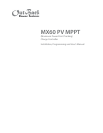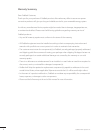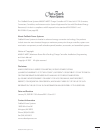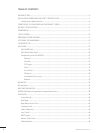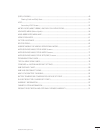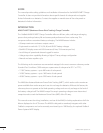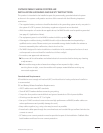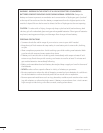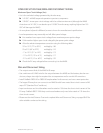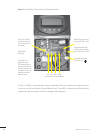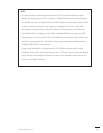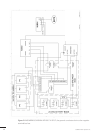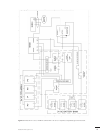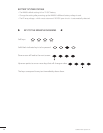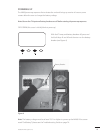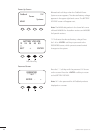
7
OutBack Power Systems Inc.
OUTBACK MX60 CHARGE CONTROLLER
INSTALLATION GUIDELINES AND SAFETY INSTRUCTIONS
This product is intended to be installed as part of a permanently grounded electrical system
as shown in the system con guration sections of this manual with the following important
restrictions:
• The negative battery conductor should be bonded to the grounding system at only one point in
the system. If a GFP is present, the battery negative and ground are not bonded.
• With the exception of certain telcom applications, the MX60 should never be positive grounded
(see page 61, Applications Notes).
• The equipment ground on the MX60 is marked with this symbol:
• If damaged or malfunctioning, the MX60 should only be disassembled and repaired by a
quali ed service center. Please contact your renewable energy dealer/installer for assistance.
Incorrect reassembly risks malfunction, electric shock or re.
• The MX60 is designed for indoor installation or installation inside a weatherproof enclosure. It must
not be exposed to rain and should be installed out of direct sunlight.
• For routine, user-approved maintenance:
Disconnect all circuit breakers and related electrical connections before doing any cleaning
or adjustments.
Solar modules may produce hazardous voltages when exposed to light; unless
servicing them at night, cover the modules with opaque material before servicing any
connected equipment.
Standards and Requirements
All installations must comply with national (NEC) and local electrical codes; professional installation
is recommended.
DC and Battery-Related Installation Requirements:
• All DC cables must meet NEC standards.
• Shut o all DC breakers before connecting any wiring.
• Torque the four-position terminal block and ground terminals to 30 inch pounds/4Nm.
• All wiring must be rated at 75° C or higher.
• Use up to 2 AWG to reduce losses and ensure high performance of MX60 (smaller cables can
reduce performance and possibly damage the unit).
• Keep cables together (e.g., using a tie-wrap) as much as possible.
• Ensure both cables pass through the same knockout and conduit ttings to allow the inductive
currents to cancel.
• DC battery over-current protection must be provided as part of the installation. OutBack o ers
both breakers and fuses for over-current protection.



